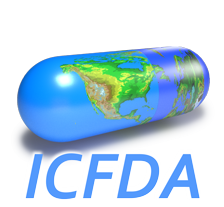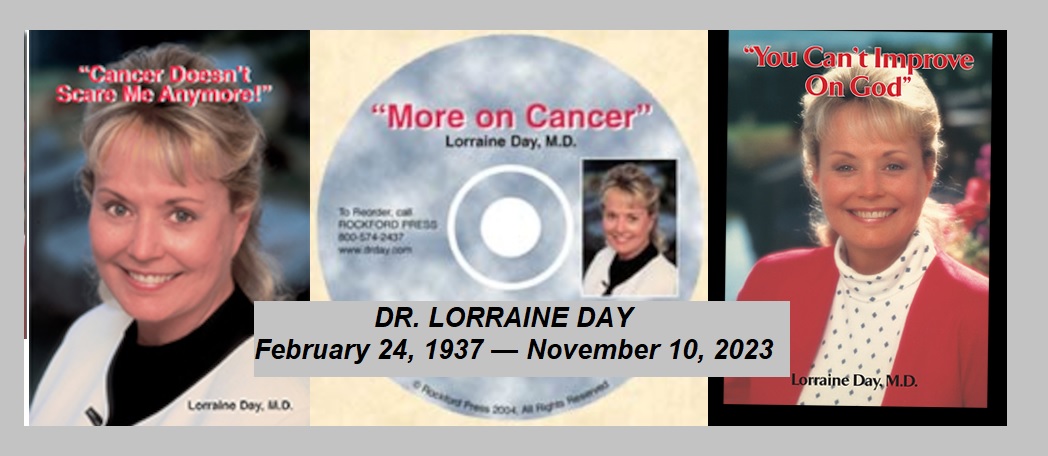One more of my worst fears has just been confirmed. This is
exactly why I have allowed nothing but distilled or reverse
osmosis processed water into my home for years. It is also why I
have great concern over cities where the water is fluoridated.
With Prozac being 18% fluoride and it being a main ingredient in
Paxil, Luvox, Phen-Fen, etc. I am concerned that there may
possibly be a synergistic effect from the water that could throw
patients on these drugs into toxic reactions. My concern is that
no one has looked at this possibility with fluoride or any other of
the chemicals put into our city water supplies.
When it comes to drugs or chemicals and how they effect us and
our environment, society remains oblivious! We, like our
teenagers, tend to think we are invincible rather than human and
mortal.
Ann Blake-Tracy
Anti-depressants get into water system
May 7 2000 BRITAIN Roger Dobson
AN investigation is to be launched into the environmental effects
of pharmaceuticals amid new fears that tons of anti-
depressants and scores of other toxic drugs are polluting rivers,
threatening fish life and getting into drinking water.
Pharmaceutical companies are being given until the end of the
year to supply data on their drugs to the Environment Agency so
their impact can be researched.
Scientists in Europe have discovered that increasing numbers of
complex drugs – including heart medication, anti-depressants,
anti-epileptics, anti-cancer chemicals, cholesterol-lowering
medicines, sex hormones, antibiotics, hormone replacement,
aspirin, vitamins and ibuprofen – are surviving the human
digestive system, passing through sewage works and entering
rivers and the sea.
Dr Thomas Ternes, of Germany’s Institute for Water Research,
carried out sampling at one sewage works outfall and found 36
different drugs, plus five other compounds that had been
metabolised from them before they left the patient. Scientists are
blaming the drug pollution for some of the widespread and until
now unexplained mass deaths of tiny aquatic organisms. Some
drugs, especially anti-depressants, have also been found to
alter sperm levels and pawning patterns in aquatic life. Musks
and chemicals used in perfumes, and compounds from suntan
lotion, have been found to have accumulated in fish. Each year
in Britain about 600m prescription drugs and medicines are
dispensed.
Most of the research on environmental effects on drugs in rivers
has been done in Germany and Denmark; little has been carried
out in Britain. However, later this month at a world congress of
scientists in Brighton, the Environment Agency will lay down the
timetable for an investigation into the effects of the drugs. “We
have commissioned a review, which is due to be completed
within the next two weeks. There is limited data in Britain about
this issue and we don’t routinely monitor, said Dr Steve Killeen,
head of chemistry at the agency. “The report will make a series
of recommendations, including getting the pharmaceutical
industry to provide us with better information by the end of the
year. If we find that levels of drugs are causing environmental
damage, regulations are an option open to us.”
Stricter regulations could involve the need for more complex
sewage works to screen out the chemical compounds. A
conference to be held in America next month will also attempt to
quantify the problem for the first time. “Just about everything
people put into their mouth eventually gets into the water, said
Dr Christian Daughton, chief of environmental chemistry for the
US Environmental Protection Agency. “Serotonin, for example,
has been used to induce spawning in mollusks. Many
anti-depressants which are ending up in rivers are designed to
interfere with serotonin production in humans and may affect
spawning,” he said.
“Pharmaceuticals are perhaps also one of the reasons for
unexplained mass die-offs in some organisms that we see from
time to time.”



